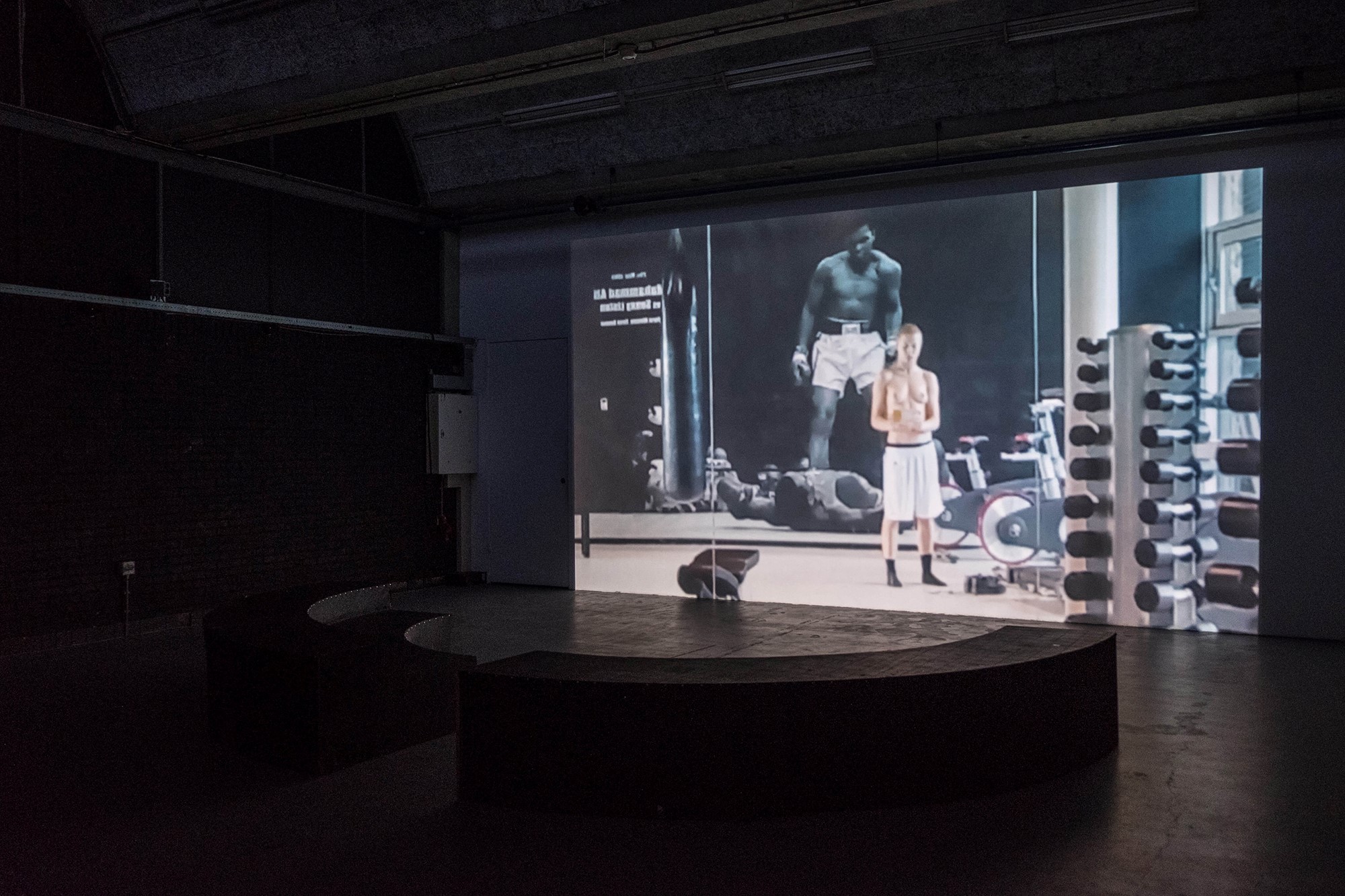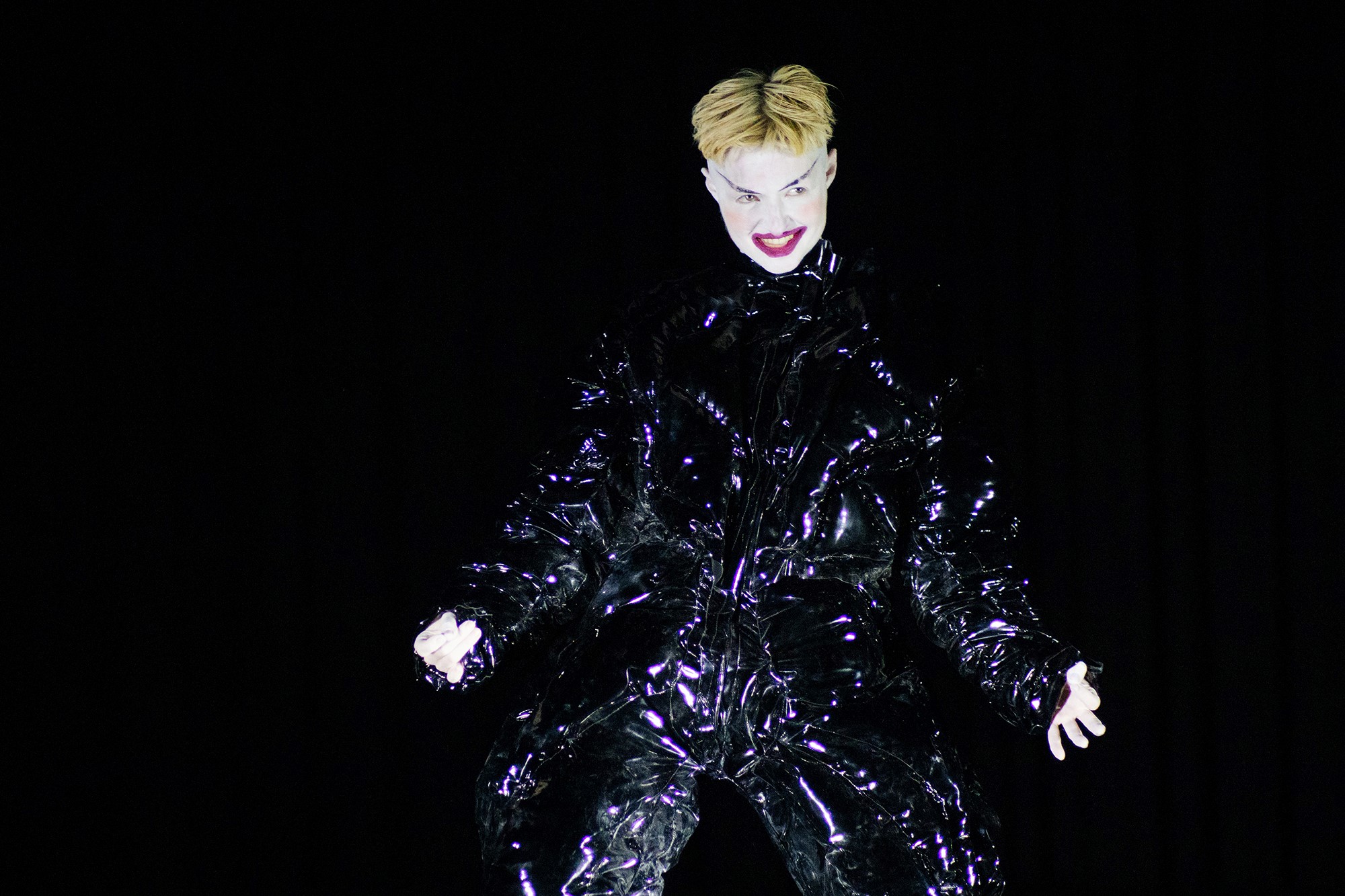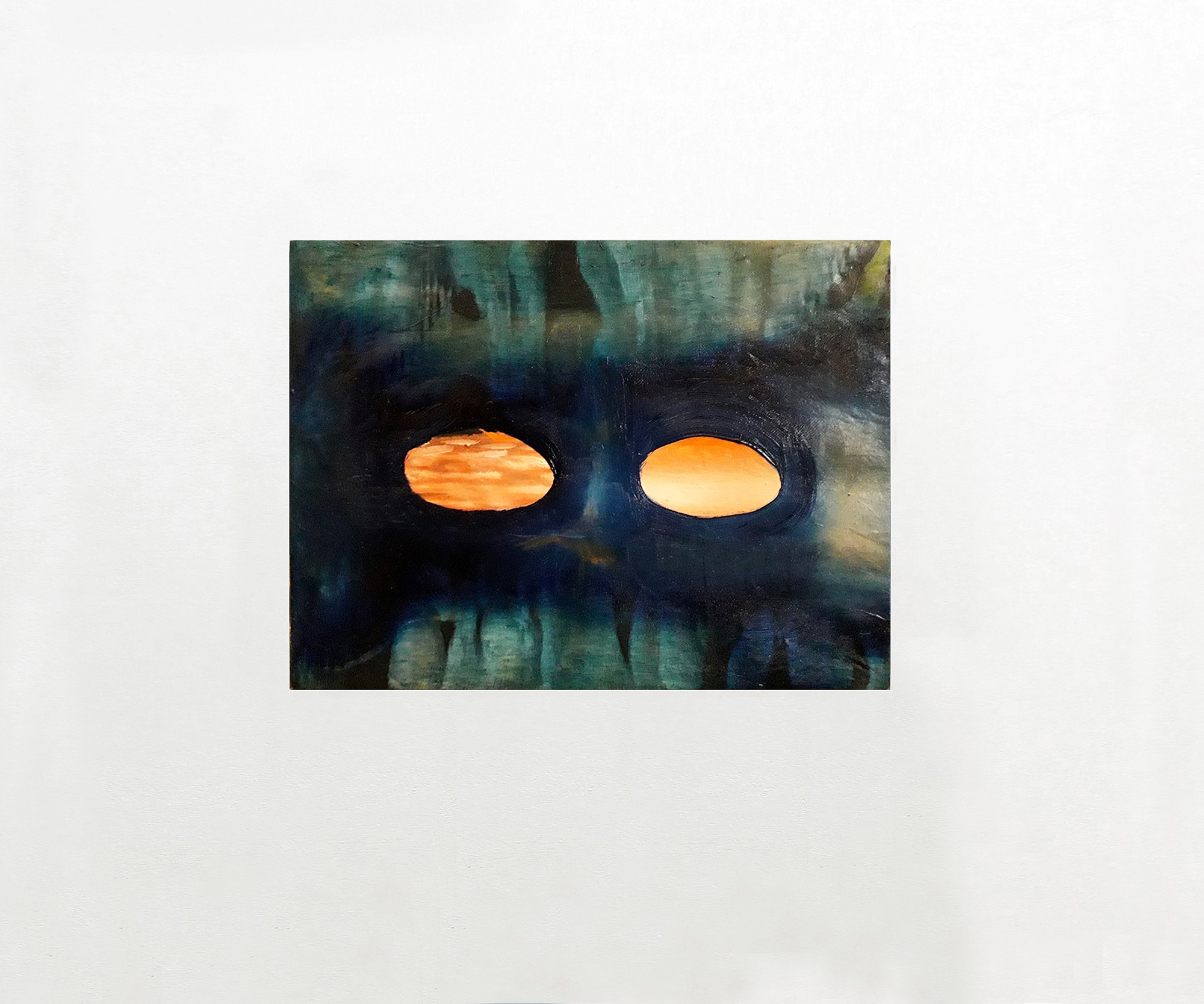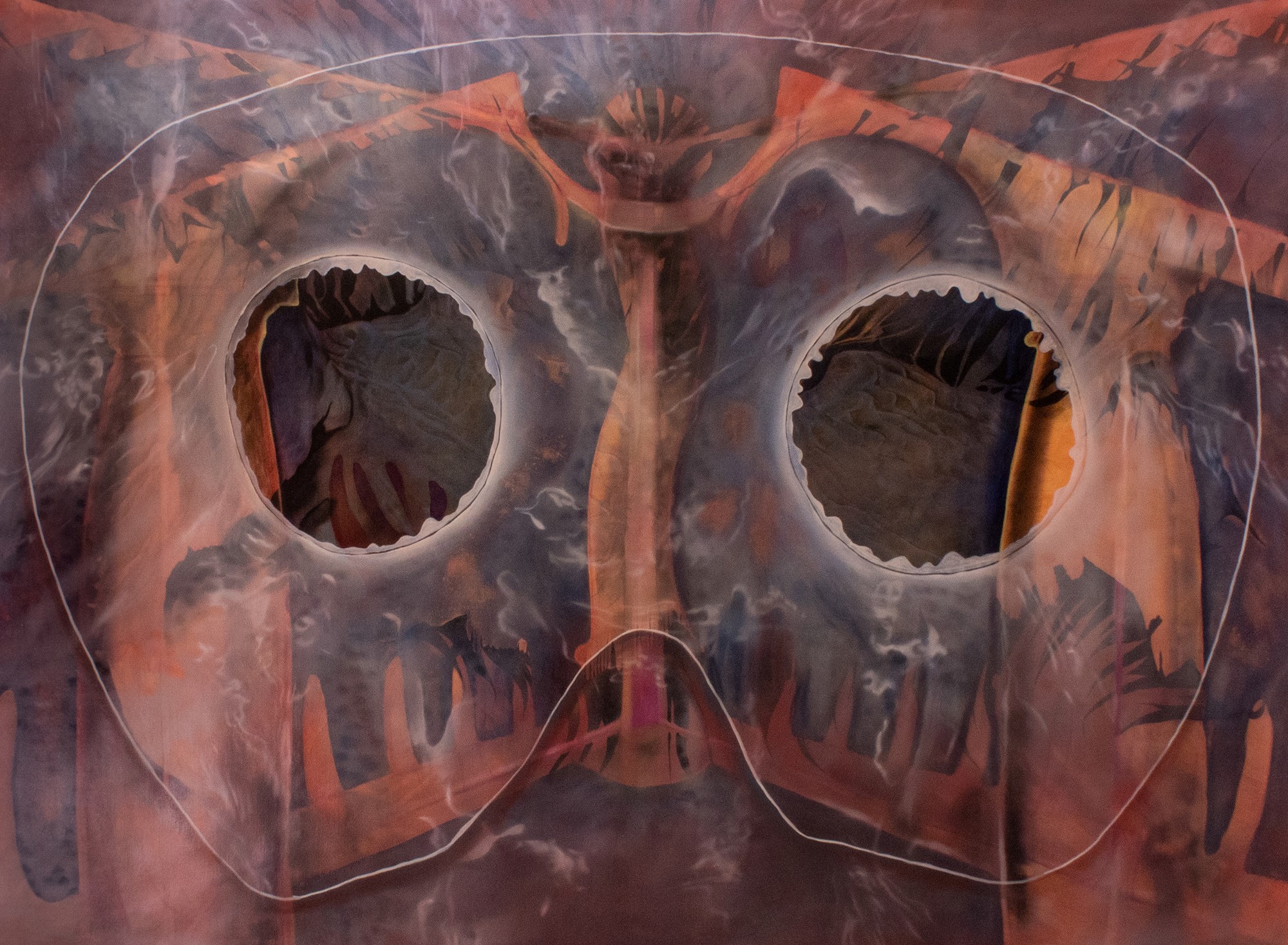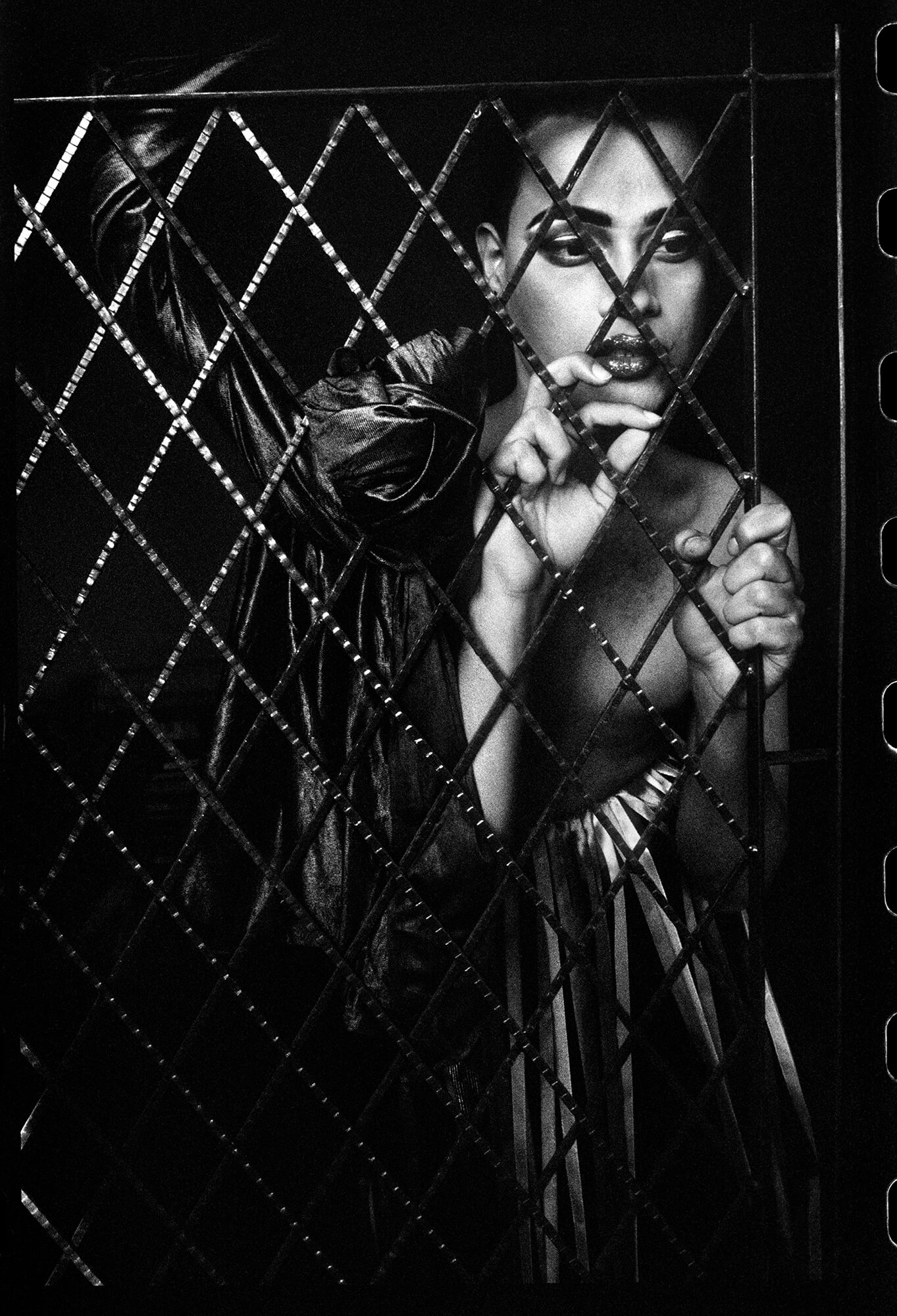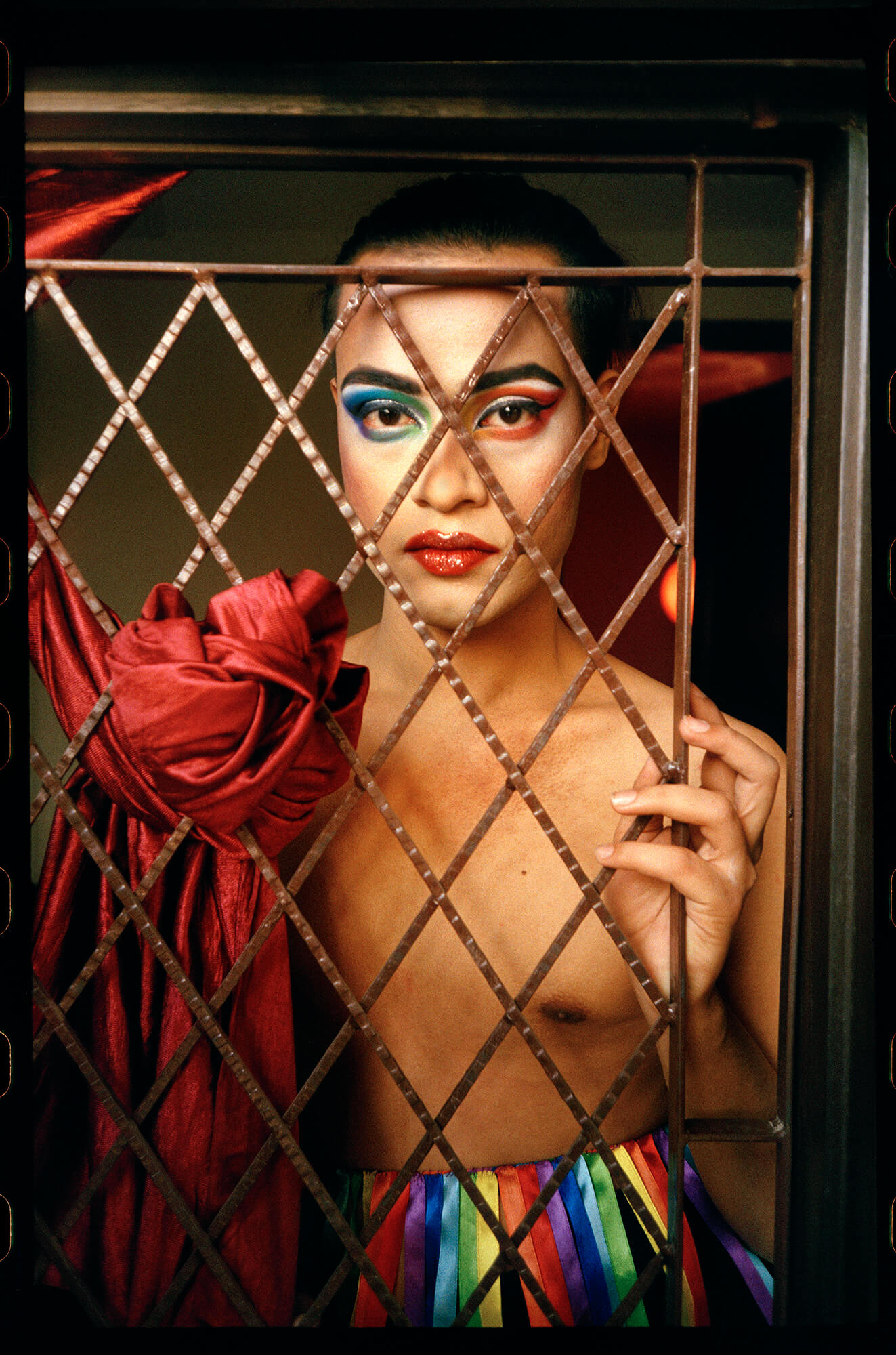Pride Month, celebrated every June, looked quite different in 2020, being celebrated with alternative means. Arcus Italy is reaffirming its active commitment towards inclusion and diversity and has partnered with a local gallerist and an art historian to curate two virtual galleries.
'Stages of Change', curated by Vittoria de Petra
Vittoria de Petra, art historian and freelance consultant, has curated a set of artworks that reflect upon the overall nature of change, investigating its relationship with time, language and the human body. Through communication and confrontation, each change is welcomed and recognised in the knowledge of the before and in the awareness of our today.
Since the 1970s, Italy has been witnessing a transformation thanks to the mighty efforts of LAMBDA, Fuori! and Brigate Saffo, to cite a few. In 1978, Turin became the first Italian city to host a gay Pride event; only ten years before that, the film Teorema (Theorem) by Pier Paolo Pasolini, which was among the favourites to be awarded the Golden Lion at the Venice Festival that year, had been censored as obscene.




